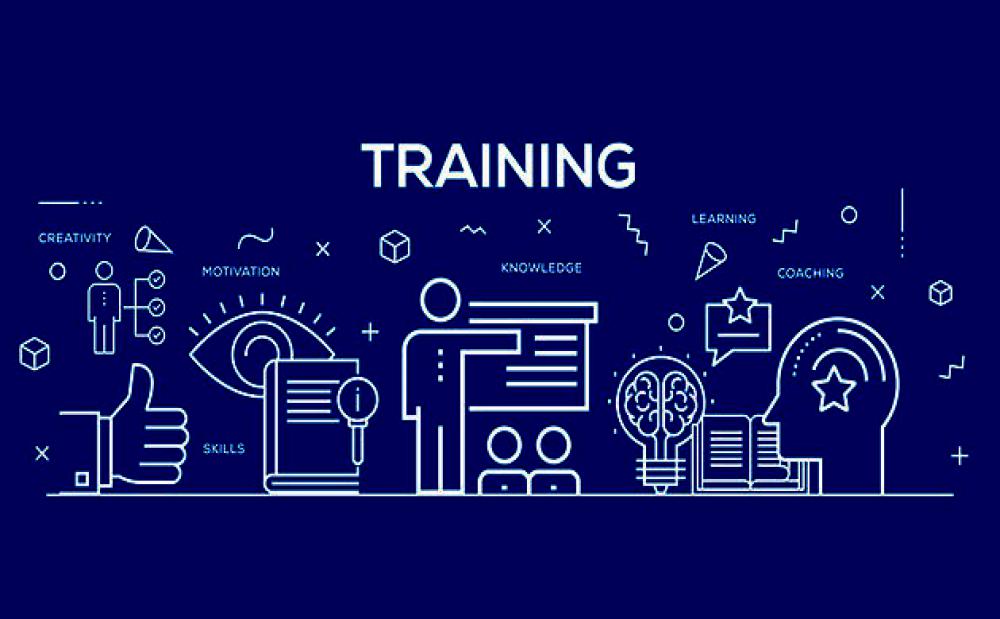
What's up in Training?
SMT
With technological advances imparting training is undergoing a massive change, posing a variety of challenges to trainers. A new body of knowledge and skills in using training methods heavily dependent on technology has become the need of the day for the trainer to successfully facilitate participants in their learning endeavours. Add to this the limited budgets provided by organizations for L&D activities, the geographical spread of the participants and shorter time spans for training, the situation is becoming increasingly complex. As such, the trainer of today cannot solely rely on only classroom with traditional methods of training, however good and time-tested they may be.
In fact, the Impact Instruction Group conducted its 2nd Annual Learning and Development survey to get a pulse on the changes in L&D technology behaviours and trends in 2014. The survey results highlighted that technology investment in E-learning ranked at No 1 at 87%. Thirty-nine percent (39%) of the organisations invested in mobile learning and 31% in games/simulations. This is 17% more than the previous year 2013.The survey also showed that 24% of organisations were planning to invest in virtual conferences. Webinars and videos however saw a decrease by 12% and7% respectively compared to last year.
Against this background, organizations would look to trainers who are well equipped to deliver learning through the technology based methods. It therefore becomes essential for trainers to understand what these methods are so as to play a meaningful role in the L&D efforts of organizations.
The following is a brief description of each method:
E-learning- E-learning is network enabled learning which uses computer to deliver part of the training or a full learning course covering a spectrum of learning activities.One of the advantages of e-learning is the freedom the participant has to undertake a course at this own time, pace and place.
Mobile Learning: This is learning that takes place via a portable, hand held electronic device. It also acts as an add-tool supporting the learning process. M-learning can take place anywhere and anytime to the requirements of learners.
Games and simulations: These learning activities are highly experiential in nature and allow the participants to experience a real life situation in a classroom and transfer and apply their learning in real jobs.
Virtual conferencing: It is a face to face conversation which enables the instructors and participants to connect at their convenience on their desktops reducing the cost of travel and venue.
Webinars: Webinars are similar to video conferencing but have an advantage with option to view slideshows making it more interactive and also participants can share documents.
Videos: Training courses and material are today being handed over to the employees in the organisations in the form of videos for quick learning. Videos make learning interesting for the employees.
Technology is raising the bar for the trainers and such of those trainers who are quickly able to adopt these new ways will be the most sought after in the times to come.

